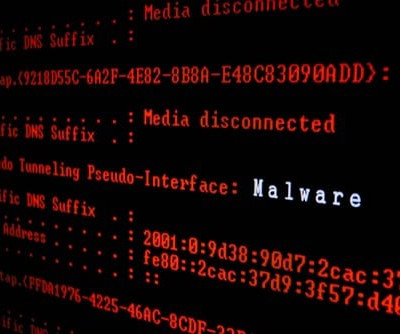Common Techniques Hackers Use to Penetrate Systems and How to Protect Your Organization
ForAllSecure
APRIL 26, 2023
.” By understanding the methods that criminal hackers commonly use, organizations can take proactive measures to safeguard their systems and protect their data. In this blog post, we'll explore common techniques used to penetrate systems and how organizations can defend against each type of attack.

















Let's personalize your content